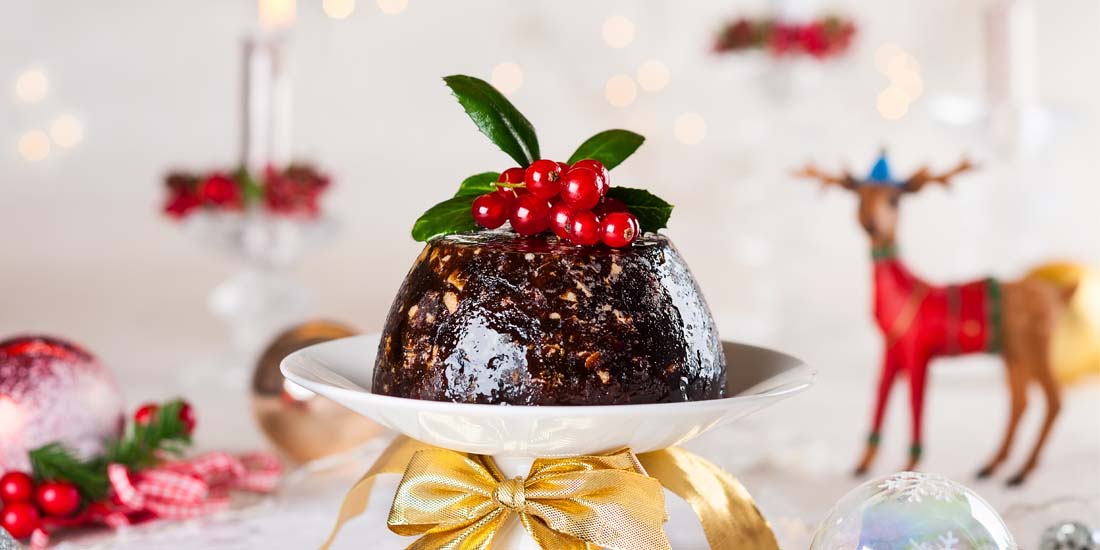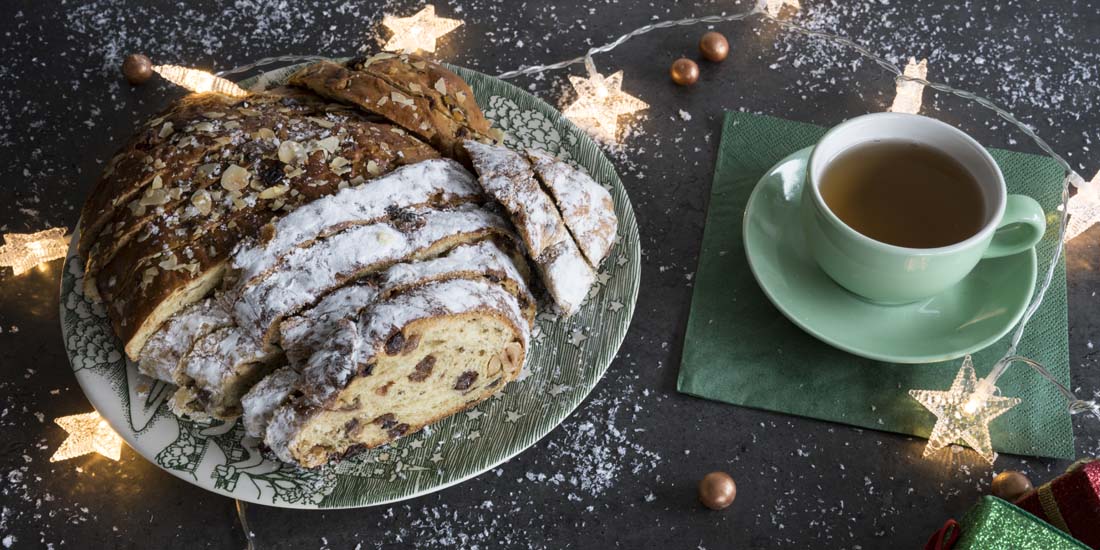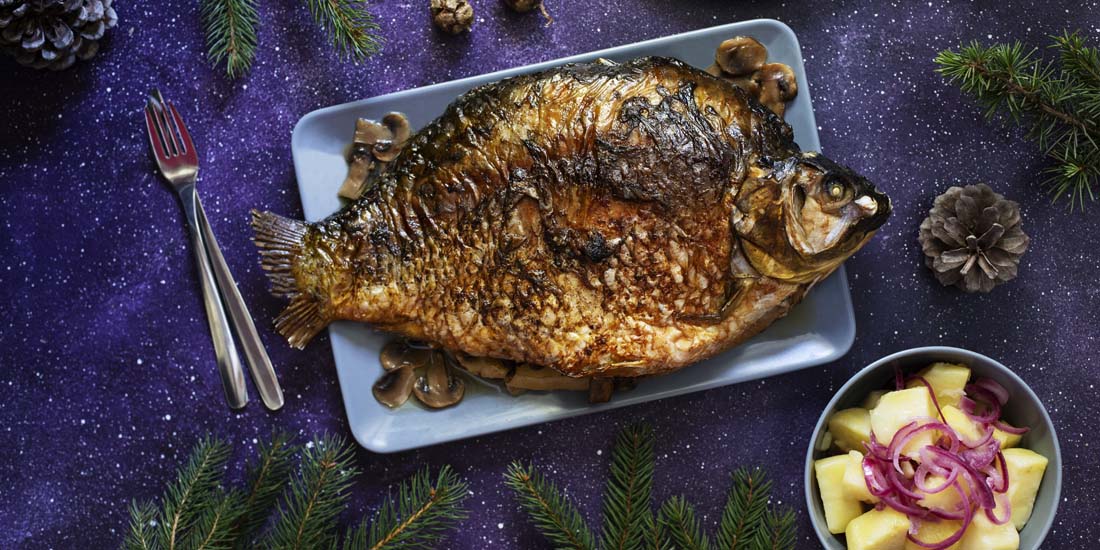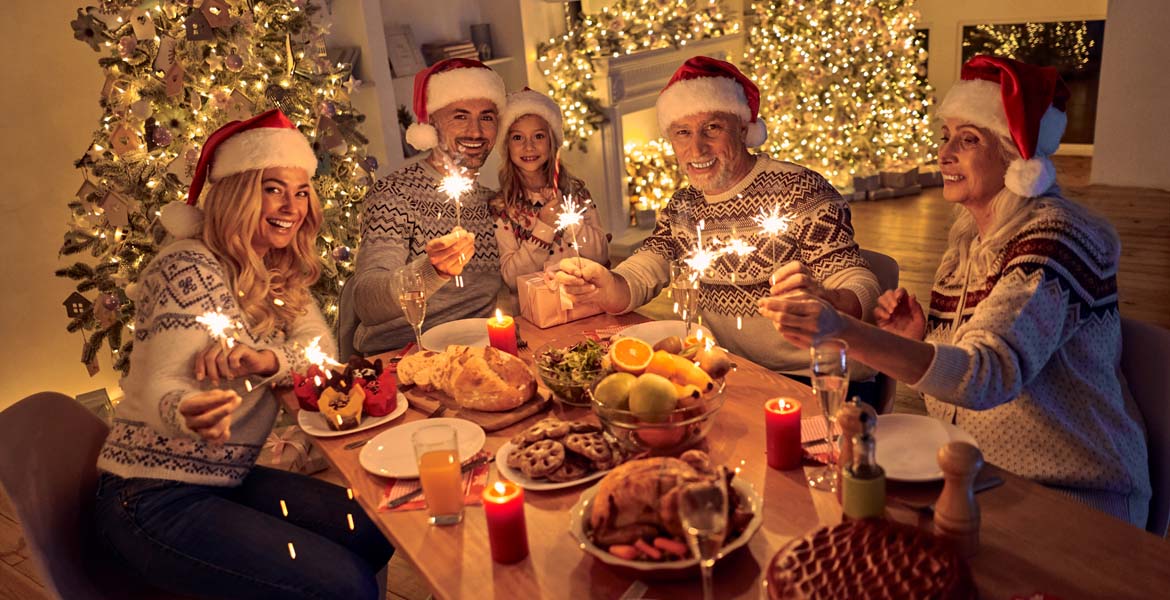When it comes to celebrating Christmas, just like other customs and traditions, Christmas food traditions are also an essential part of the festivities around Europe.
So, why are these festive treats apart of the yuletide season? These iconic foods, are deep-rooted in the culture of the holiday, and although the food in Europe could be different from each country, they can only be eaten during this time of the year.
Christmas is around the corner, and Europe has plenty of festive food traditions that contribute to the spirit of Christmas. So, if you’re on a diet, I’ll tell you now, you may have to forget about it because everywhere you go, you’ll probably load up your plate with the best traditional Christmas delicacies.
Christmas food traditions in Europe you need to try!
Each country is big on their very own Christmas food traditions. So, I took the liberty to pick the top customs to help you decide on a European holiday destination where you can enjoy the season to your heart’s content!
England

First up on our Christmas food list is home. I don’t really have to explain how things are done over here, but the main Christmas meal usually starts around lunchtime on Christmas day.
The main attraction is a juicy Christmas turkey accompanied by cranberry sauce, stuffing, vegetables, roast potatoes, Yorkshire puddings, and gravy. Most of these are roasted in the oven together with the meat.
All this food, but you still can’t forget dessert! So, that’s why the Brits enjoy a traditional cake, the Christmas pudding. It is made with dried fruit, sweet spices and black treacle.
Then on Boxing Day National holiday, it’s a feast again with ‘Bubble N’ Squeak‘, usually prepared from the leftovers from the Christmas lunch.
Fact: Brits like to pop Christmas crackers during Christmas dinner. It’s one of the most fun Christmas traditions of the festive season.
The Netherlands

The Dutch celebrate Christmas for 2-days, the 25th and 26th of December.
Christmas Food Traditions in the Netherlands includes Kerststol almond paste bread, a sweet loaf baked with dried fruits, nuts, raisins, and almond paste. A mix of ham and cheeses will accompany this for lunch.
There is a festive Christmas spread for dinner. This starts with a popular Dutch Christmas starter, a shrimp cocktail. It is followed by the main course of mixed wild meat along with cheese fondues and vegetables.
A traditional sweet treat is Kruidnoten, Dutch gingernut cookies prepared with ginger and sweet spices.
Fact: The Dutch prefer to cook Christmas dinner with a “Gourmetten”, similar to a portable grill that sits on the table.
France

It goes without saying that the French dines with class, and it gets even better on Christmas day. They start with long, luxurious meals on Christmas eve and go on until New Year, known as “Réveillon”.
The French usually start their Christmas food traditions with an aperitif, which involve an amuse-bouche, escargot, lobster and finger food.
Then comes the starters, usually with a serving of foie gras and raw oysters. The main course is a well-seasoned turkey with chestnuts.
A charcuterie board will then follow the main course and, for dessert, an all-time favourite, Bûche de Noël, a chocolate Yule log.
Czech Republic

A traditional Czech Christmas meal includes a delicious fish soup filled with seasonal vegetables. And they usually eat their Christmas dinner on the evening of Christmas eve.
An important Christmas food tradition is that they eat fried carp. This is a symbolic dish because it’s believed that it will bring them good luck and fortune for the New Year.
Fact: The fried carp is purchased at the Christmas market a few days ahead and this recipe has been served amongst households since before the 19th century and is also a New Year food item.
Baking Christmas cookies and braided Czech sweet bread are among the most popular Christmas food traditions in Czech homes throughout the festive period.
Germany

Germans begin their festive meals on Christmas eve, and the tables are prepared with wieners, fish and potato salad, considered to be a lighter meal before a massive, extravagant feast on Christmas Day.
On Christmas, you’ll find a large roasted goose stuffed with apples, paired with bread dumplings and vegetables.
Fact: Red cabbage is a traditional vegetable that goes with the Christmas dinner in Germany.
Germans love their hot mulled wine, known as Glühwein, the quintessential Christmas drink in Germany and sipped throughout the season.
When it comes to dessert, Christmas Stollen is considered one of the best Christmas pastries globally.
Spain

The traditional Spanish Christmas meal, usually enjoyed on Christmas Eve, is known as ‘Noche Buena’. During this meal, families get together into dining rooms and revel in the joyous festivities.
The Spanish would start with a typical spread of ham, cheese and chorizo platters.
However, the main star is a succulent roast turkey stuffed with truffle mushrooms, served with fried potatoes and salad.
Although seafood is a staple during the yuletide in Spain, nothing says Christmas more like the sweet treats that you’ll come across in December. The perfect sugary delicacy, the Lemon Olive Oil Cake is a must at any festive Spanish feast.
Portugal

The Portuguese create an extensive list of festive desserts, cakes, and pastries throughout the season. The best out of these festive foods are Sonhos, light and fluffy fried dough balls coated with sugar and cinnamon.
The Portuguese prepare delicious savoury dishes as well! On Christmas eve, they eat a traditional dish of salted cod (fiel amigo bacalhau), paired with potatoes, other vegetables, and hard-boiled eggs.
This Christmas food tradition is done in keeping with the Catholic tradition of no red or white meat.
Fact: King Cake or Bolo rei is the most popular festive treat found around this season. If one finds a hidden dry broad bean inside the cake, buy the next round of treats!
So, there you have it, my list of Christmas food traditions in Europe. If you liked any of this festive food or your own traditions, please do let me know in the comments below. Or even better, if you would like to visit any European destination, all you have to do is get in touch with us, and we’ll be glad to help you find the perfect Christmas getaway!








